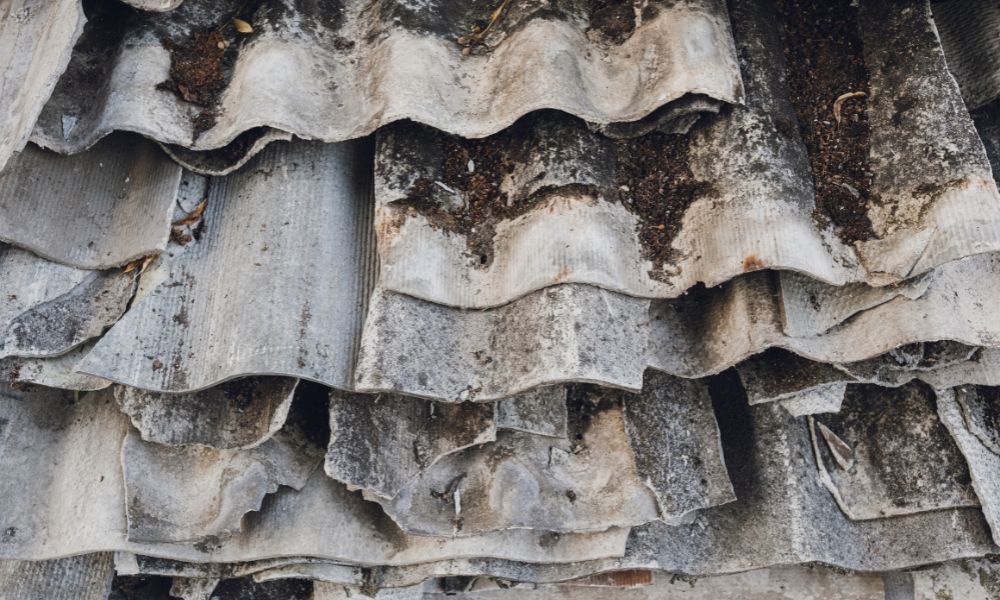As a conscientious homeowner, you understand the importance of maintaining a safe and healthy living environment. But what if there’s a hidden hazard lurking silently in your walls or ceilings? That’s often the case with asbestos—a term that’s as ominous as it is integral to understanding how to protect your family and property. Empower yourself with the information every homeowner should know about how to safeguard your home and family from this danger.
The Types of Asbestos
When we talk about asbestos, it’s crucial to recognize that we’re not referring to a single substance. In fact, asbestos comes in various forms—specifically, there are six types of asbestos, each with its own properties and risks. This diversity is significant because the type that is present in your home can affect both the urgency and the method of remediation needed. Understanding these differences is a key step in effectively managing this material and ensuring the safety of your living space.
Where It Can Be Found
Identifying the presence of asbestos in your home begins with knowing where to look. This hazardous material is commonly found in properties built before the 1980s; it was once a popular construction material due to its durability and resistance to heat.
Specific areas to monitor include insulation in walls and attics, vinyl flooring tiles, pipe cement, and older hot water pipe wrappings. Additionally, asbestos may lurk in textured paint and patching compounds used on wall and ceiling joints. Awareness of these common hiding spots is crucial for early detection and prevention of potential asbestos exposure.
Health Risks
Exposure to asbestos is not an immediate danger; it’s the cumulative nature of risk that poses a concern. When disturbed, these materials can release microscopic fibers into the air; if inhaled, these fibers can lead to asbestosis, a serious respiratory condition. Individuals who believe they may have asbestos in their homes should take care not to disturb the material. If you’re planning to renovate or suspect your home might have asbestos-containing materials, it’s wise to consult an expert who can conduct testing and ensure safe handling.
How To Deal With Asbestos
If you find or suspect asbestos in your home, the safest course of action is to seek professional assistance. Attempting to handle or remove it without the proper knowledge, tools, and safety equipment can exacerbate the issue, releasing harmful fibers into your environment.
Professionals specializing in asbestos removal are equipped with the expertise and equipment to safely assess and mitigate the risk. They follow strict safety protocols and guidelines to remove or contain it without posing any additional health risks. Professional help is not just a recommendation when dealing with asbestos—it’s a necessity.
What every homeowner should know about asbestos is that while it may seem daunting, understanding and managing this silent intruder is entirely feasible with the right knowledge and resources. The key is not to panic but to proceed with caution, awareness, and professional help.







